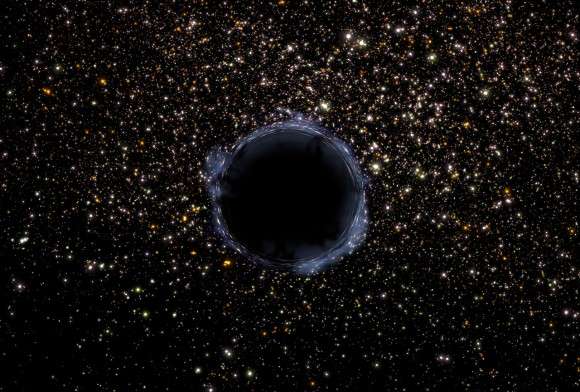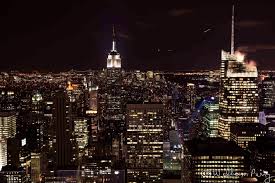Harvard historical past of science professor Peter L. Galison, a collaborator on Occasion Horizon Telescope (EHT), mentioned that scientists proposed theoretical arguments for black holes as early as 1916. It was not till the Seventies, nonetheless, that researchers substantiated the idea by observing extraordinarily dense areas of matter. Scientists introduced in 2016 that, for the primary time, they’d detected gravitational waves — which many argued had been produced by black holes merging, and subsequently had been proof that black holes exist.
The picture marked the end result of years of labor undertaken by a staff of 200 scientists in 59 institutes throughout 18 international locations. The challenge, to which different scientists at Harvard’s Black Gap Institute additionally contributed, drew on knowledge collected by eight telescopes whose areas vary from Hawaii to the South Pole. To be able to assemble this picture digitally, the crew of astronomers at EHT created the equal of a lens the dimensions of planet Earth by integrating knowledge from all of the telescopes that had been a part of the challenge that’s 4,000 occasions extra highly effective than the Hubble Area Telescope.
Scientists had long struggled to seize a photograph of a black gap — an area of area with a gravitational pull so sturdy that not even gentle can escape it. The picture revealed Wednesday is comprised of a glowing orange ring on a black background.
This specific elliptical galaxy, M87, has a jet that emanates from the neighborhood of the black gap, stated Abraham “Avi” Loeb, the founding director of the Black Gap Initiative and the chair of Harvard’s Astronomy Division, of the galaxy through which the black gap was discovered. “What you’re seeing is the shadow of the black gap on the background of the emission from the new fuel on the base of the jet.”
Astronomers have theorized that the M87 black gap grew to its large measurement by merging with a number of different black holes. M87 is the most important, most large galaxy within the close by the universe, and is believed to have been fashioned by the merging of 100 or so smaller galaxies. The M87 black gap’s massive measurement and relative proximity led astronomers to assume that it may very well be the primary black gap that they may truly “see.”






Add Comment